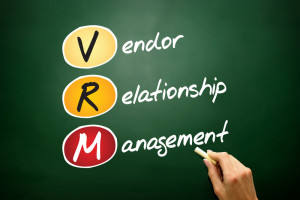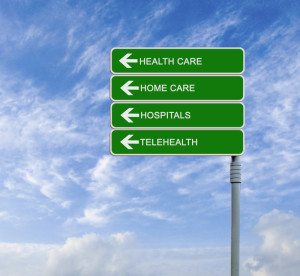Without question, the announcement yesterday that Oracle is acquiring Cerner for $28.3 billion is the biggest health IT story of the year. I won’t speculate on what I don’t know. I’ll leave that to others. But I can
speak from experience as a CIO who has worked with all the big EHR vendors over the years including Cerner, Epic, Allscripts and Meditech. I’ve talked with and at times commiserated with many CIO colleagues who have experience with some or all of these EHR vendors.
While Cerner clients are trying to figure out what this acquisition will mean for them, good or bad, I’ll go back to the basics. Over the years I’ve written several blog posts on vendor management. They all seem pertinent and good reminders for health IT leaders trying to sort out how to work with Cerner going forward and how to manage within their organizations as they are faced with questions this week that they probably can’t answer.
12 tips for effective vendor management outlines what to look for in your current and future vendors. If I were a Cerner client or contemplating a switch to Cerner, I’d pay particularly close attention to these tips:
- A good product roadmap
- More service than sales
- Excellent customer service
- Executive level relationship
- Long term value for the investment
There will be much speculation and commentary in the coming days on what this acquisition means to Cerner clients and the health IT industry overall. At the end of the day, we must keep the Quadruple Aim in mind in all we do to serve our patients and our communities: enhance the patient experience, reduce costs, improve healthcare outcomes, and improve the clinician experience. That has never been more important than during this pandemic. Will Oracle’s acquisition of Cerner help or hinder? Will Cerner provide a superior, more reliable, more integrated EHR in 2022 and well into the future? Only time will tell.
Related Posts:
12 tips for effective vendor management
Keys to successful vendor management
What to expect from your vendors
Vendor relationship management revisited








